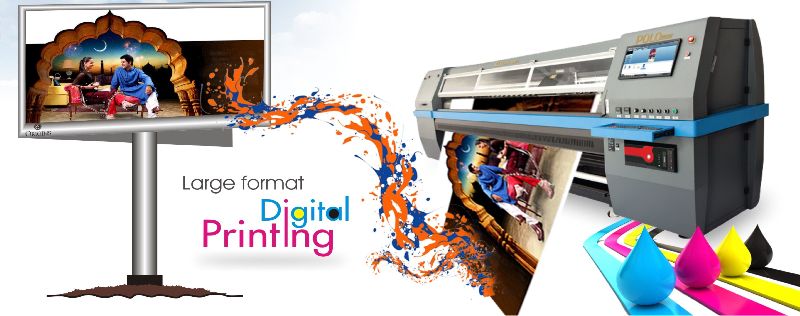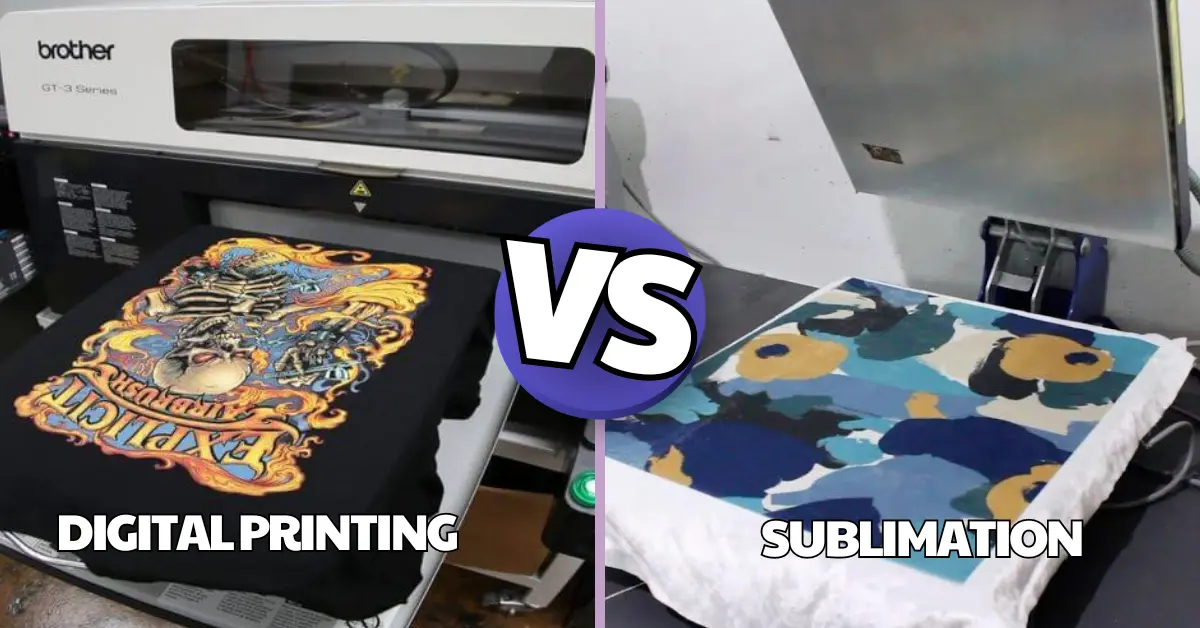The Best Guide To Digital Printing
Table of ContentsMore About Digital PrintingThe Main Principles Of Digital Printing Digital Printing Things To Know Before You Get ThisGetting My Digital Printing To WorkTop Guidelines Of Digital PrintingThe Best Guide To Digital PrintingExamine This Report on Digital PrintingAll About Digital Printing
Customization additionally enables organizations to attract attention in a crowded market by developing one-of-a-kind advertising materials that separate them from their rivals. One of the main benefits of digital printing is the capacity to publish variable data. Each published item can be one-of-a-kind, permitting organizations to develop customized marketing materials that talk straight to their target audience.Digital printing likewise permits for customization in the style of advertising and marketing materials (Digital Printing). With digital printing, companies can develop layouts that are special and customized to their specific needs.
What Does Digital Printing Do?
By printing smaller sized quantities of advertising materials, services can lower waste and prevent the demand for excess supply. Digital printing is likewise flexible.
By utilizing different products and formats, businesses can develop unique marketing materials that stick out from their competitors and attract interest from their target market. Digital printing likewise supplies uniformity. With conventional printing methods, there is usually variation in between prints because of differences in ink protection, stress, and other factors.
This consistency can assist build customer trust and trustworthiness, revealing that the company is devoted to providing top notch products. Uniformity is specifically essential for services that want to build consumer trust and trustworthiness. By ensuring that every print corresponds, services can show that they are dedicated to offering top notch materials and taking note of the details.
Digital Printing - The Facts

Additionally, electronic printing produces less waste due to the fact that it can publish as needed and in smaller sized quantities, reducing the need for excess stock and products. Digital printing additionally uses much less power contrasted to traditional printing approaches. Digital printers do not require as much energy to operate, as they do not require to warm up as much or utilize as much power to run.
What Does Digital Printing Mean?

Offset printing calls for a plate for each color published. Typical offset printing is a print helpful resources technique that utilizes aluminum plates to transfer ink onto a rubber sheet (usually referred to as a "covering").
Some Known Factual Statements About Digital Printing
Although the devices's set up expenses are high originally, extra systems become reasonably more economical as the quantity increases. Balanced out printing permits a vast array of print materials to be made use of throughout production. It allows the printer to use different paper types, personalized surfaces, and different inks. The premium images created via balanced out printing make it the favored method, especially amongst visuals developers, when looking for the greatest color recreation, detail, and professional-looking prints.
For digital inkjet printing, ink is moved straight onto the surface. Rather than counting on light weight aluminum plates and rubber blankets to transfer a picture, digital printing makes use of fluid ink during production.
The 30-Second Trick For Digital Printing
Because offset printing can mix custom-made shade inks for each job, it will naturally obtain the colors spot-on. Count on balanced out printing for clean, unique types and images without streaks or places.
It sets you back a whole lot to begin an offset job. You need to invest money right into developing the plates, which takes time. Once you have actually invested it, all of the materials are all set to go, and you'll invest much less on large countered tasks than like it a digital print, which is concerning the very same per item no issue exactly how big the task obtains.
Each print is similar. You risk fewer weird variants triggered by inequalities in water and ink. Digital printing is less pricey for low-volume tasks. The cost each drops for electronic printing, so eventually, they crisscross. Altering information within a solitary print job. As an example, claim you were publishing out postcards advertising a show.
An Unbiased View of Digital Printing
While electronic printing or inkjet printing is the favored choice in the present times, there are compelling factors to transform from offset to electronic printing systems. When publishing offset or digitally, vital decisions and procedures are included in color matching.
Whichever the instance, the color will require to be matched. Color matching of electronic printer ink is no more challenging with dyes and pigments. Industrial inkjet printing provides flexibility for printing on various substrates. Digital printing is suitable for clients who do not call for longer runs and warehousing materials.

One advantage of digital printing is selecting from a vast array of electronic substratums. With countered printing, substrates make up, on average, 30% of the cost of the task. With electronic printing, the expense of the substratum in the total work is tiny. This permits even more options than in the past, which's excellent for marketing experts and companies.
A Biased View of Digital Printing
drop-on-demand is the second printing technology to think about. Constant inkjet systems require significant upkeep, more operator training, and higher downtime. imp source Equipment expenses in inkjet printing are far reduced than balanced out printing as there are no plate-making, plates, and press expenses. Past the capital spending, the prepress devices and printing machine require very experienced operators in offset printing, which includes labor costs.